Rhubarb is an excellent perennial edible plant. It is a vegetable, but many people think of it as a fruit because of its tangy, tart, fruity taste.
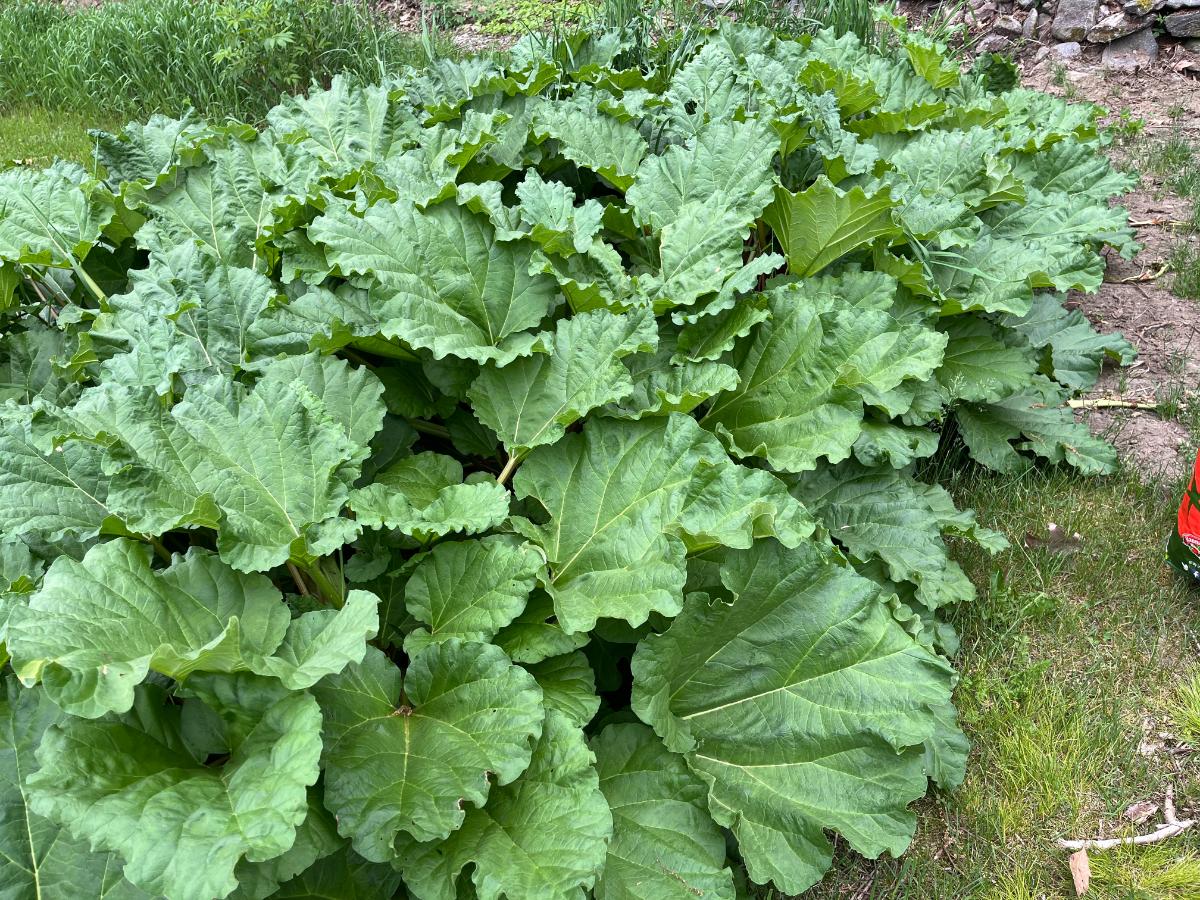
Rhubarb is easy to grow and easy to maintain. Better yet, it is an abundant producer. So, if you grow rhubarb, you’re sure to have a lot to work with.
Fortunately, rhubarb is also easy to preserve. One of the best ways to preserve rhubarb is to freeze it.
Freezing rhubarb is by far the easiest way to preserve its abundant harvest. (Though truth be told, other preservation methods aren’t too difficult when it comes to rhubarb, either. You can learn more about other options for preserving the harvest here.)
Jump to:
How to Preserve Rhubarb by Freezing
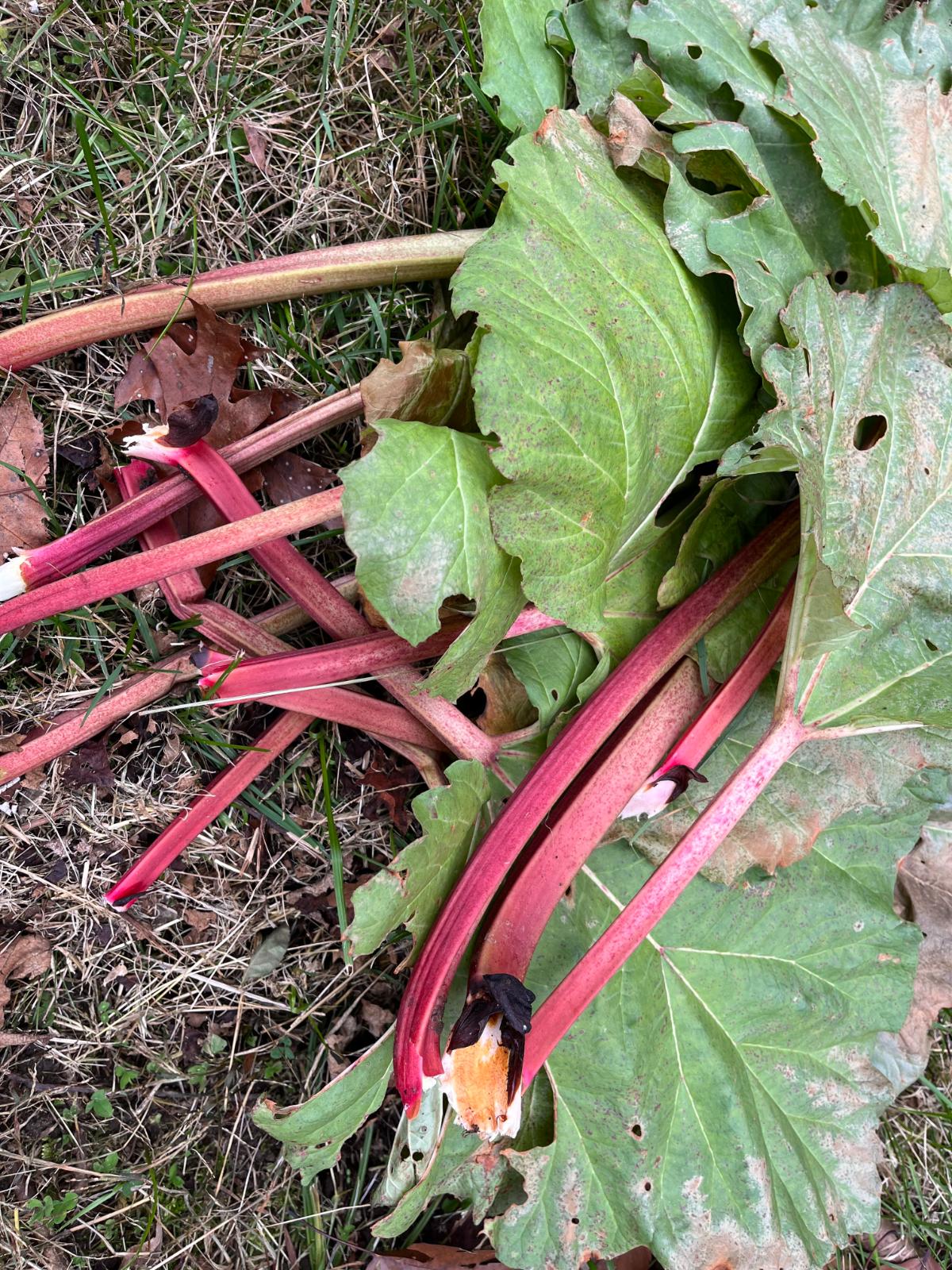
It only takes a few simple steps to freeze rhubarb. Here’s how it’s done!
You will need:

- Fresh rhubarb (as fresh as possible, but a few days old is okay if that’s what you can get)
- Freezer bags for storing
Vacuum bags work very well for freezing rhubarb. Fresh rhubarb is not too wet, so the bags won’t usually have any difficulty sealing.
If you don’t have a vacuum sealer, use a zip-locking style freezer bag. One-quart bags are recommended.
How to harvest and freeze rhubarb:
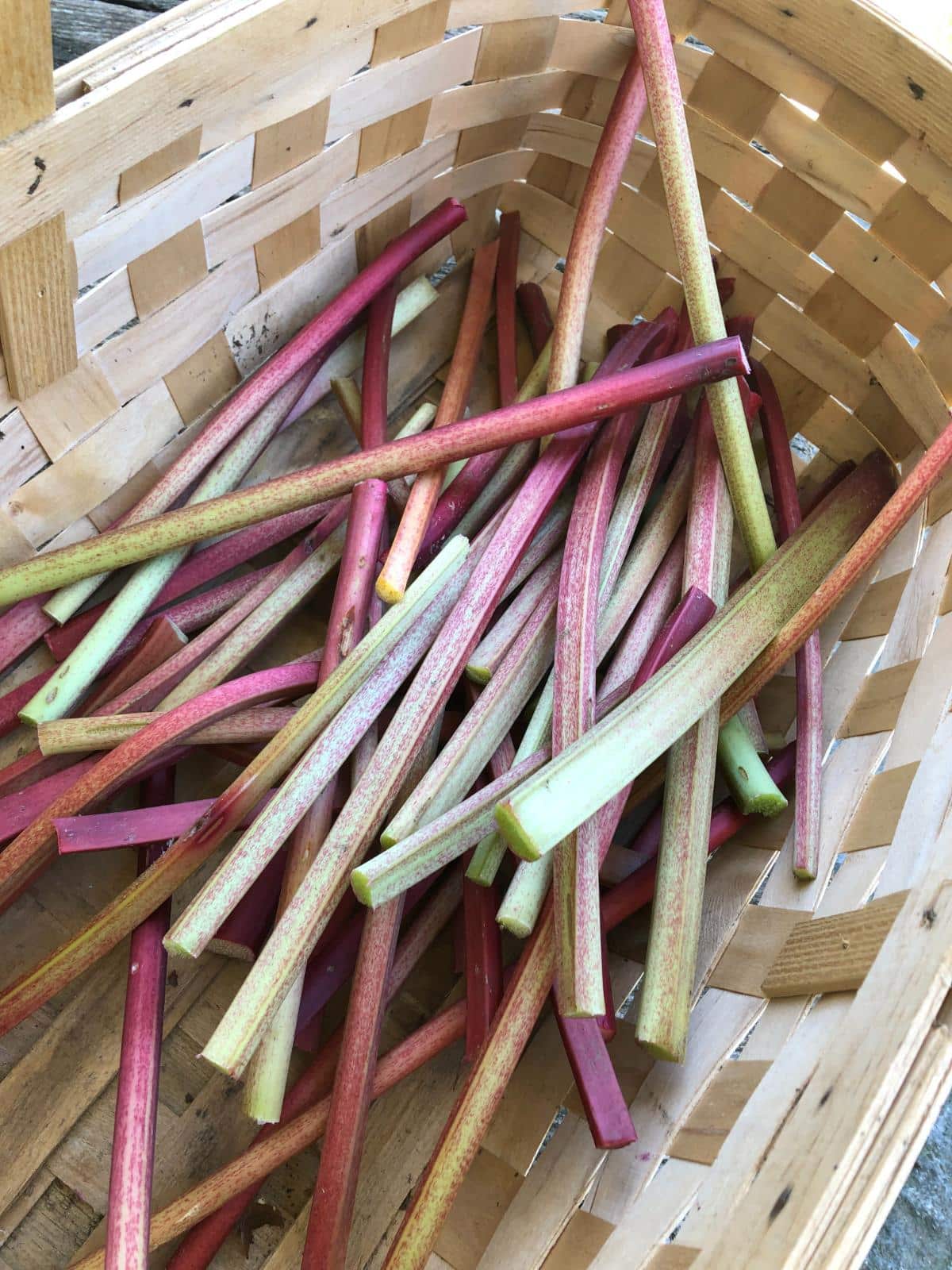
- Harvest as much rhubarb as you plan to use or freeze
- To harvest rhubarb, gently but firmly pull and twist so the stalk pulls off and out of the base of the plant
- Pulling to harvest stimulates more growth in the plant, so it’ll tell your plants to keep producing, and give you even more rhubarb to pick on another day! Pulling is preferable to cutting the stalks off at the base.
- Cut the leaves off the rhubarb stalks and dispose of them. They are toxic and should not be eaten.
- It’s best to prep and freeze rhubarb as soon as possible after harvesting
- If you can’t prepare and freeze your rhubarb right away, refrigerate it for a day or two until you can. (Though freezing rhubarb is so easy, it’s not too hard to find the time to do it.)
- Wash the rhubarb to remove any dirt or soil
- Insects are not usually too much of a problem on rhubarb stalks, but if you do see some, you can soak your rhubarb in a solution of water and vinegar
- Chop the rhubarb into small pieces. Keep the size consistent (so it will be consistent for whatever you make in the future). Diced pieces about ¼ to ½ inch work well.
- Measure the chopped rhubarb into freezer bags. Freeze in measurements of two or four cups per bag. This will be ideal for most recipes and give you bags that are easy to work with.
- You do not need to add any sugar or preservatives to rhubarb for it to freeze well. This is convenient because you won’t have to second guess or adjust recipes when you use the rhubarb later.
- Vacuum seal or squeeze to remove excess air, then seal the bags.
- Label with the contents (Rhubarb) and the year of harvest.
Now, just put your prepped, measured bags into the freezer, and you’re done! That’s it! It really is that easy to freeze and preserve rhubarb!
Tips for Using Frozen Rhubarb in Place of Fresh in Recipes

It’s practically as easy to use frozen rhubarb as it is to use fresh. Once cooked, you won’t even know it was ever frozen.
Here are some basics for using frozen rhubarb in recipes:
For pies and crumbles
- You can simply use the diced rhubarb from frozen in the same measure as what the recipe calls for for
- For pies and similar recipes, don’t thaw the rhubarb first
- To break up the pieces, you can usually pound the bag on a strong counter or cutting board to break up the pieces
- This works well for most recipes where rhubarb is the main ingredient
For baked goods and batters:
- For example, for things like cakes, coffee cakes, rhubarb cookies, and quick breads, thaw the rhubarb first
- Measure the chopped rhubarb while it is still frozen
- Measure out whatever the recipe calls for for fresh rhubarb
- Let the rhubarb thaw
- Drain the thawed pieces in a colander
- Do not press or squeeze the thawed rhubarb to remove excess moisture
- Use the thawed, drained rhubarb exactly as you would use fresh
- If there was some settling or shrinking after thawing, ignore it; don’t add more rhubarb to make up the measure – you already measured the rhubarb correctly in the first step!
Many Ways to Enjoy Rhubarb
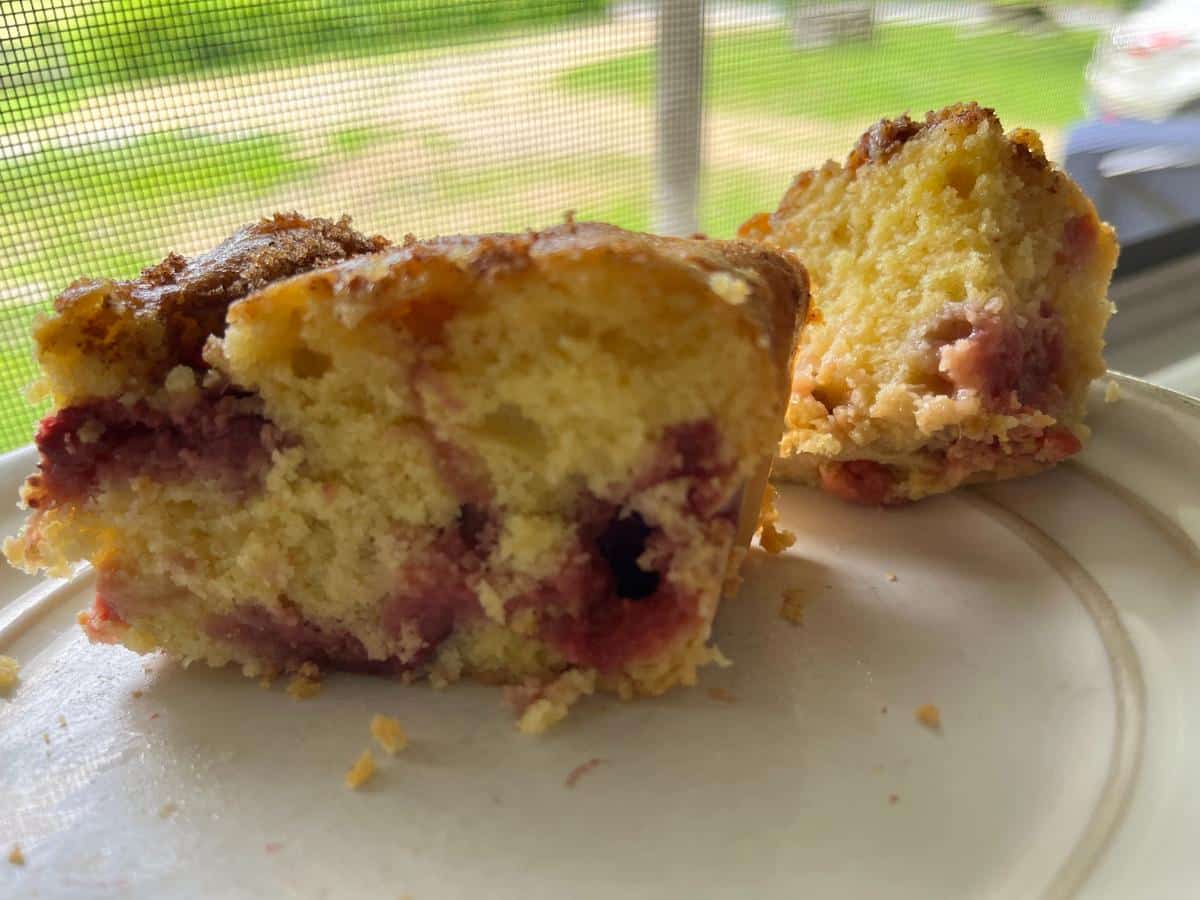
We think of rhubarb mostly for making pies. This is why it is often called “Pie Plant”. But there are many great ways to use both fresh and frozen rhubarb (and you just saw above how easily they can be used interchangeably).
Rhubarb pie or strawberry-rhubarb pie is an old classic but look for other excellent rhubarb recipes like rhubarb coffee cake, strawberry rhubarb cake, rhubarb sauce, rhubarb cookies, and jams like “bluebarb” jam and strawberry-rhubarb jam.
By the way, rhubarb makes a fantastic homemade wine, too! It’s light and fresh, similar to a nice rosé. A perfect chilled drink for a summer afternoon!

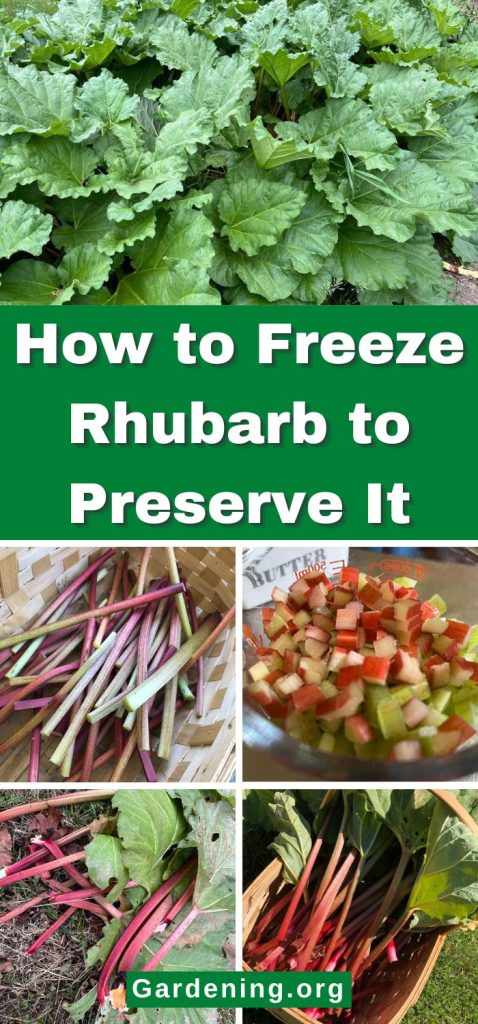
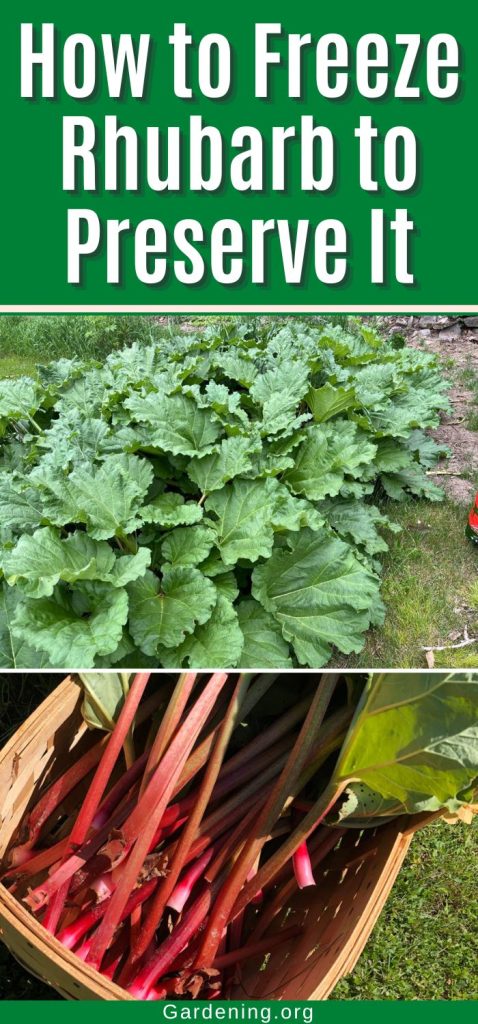
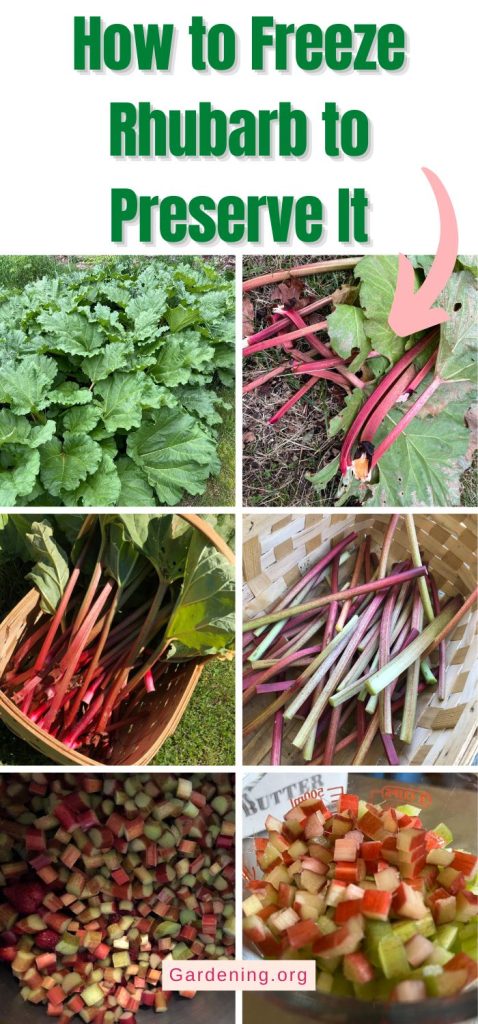
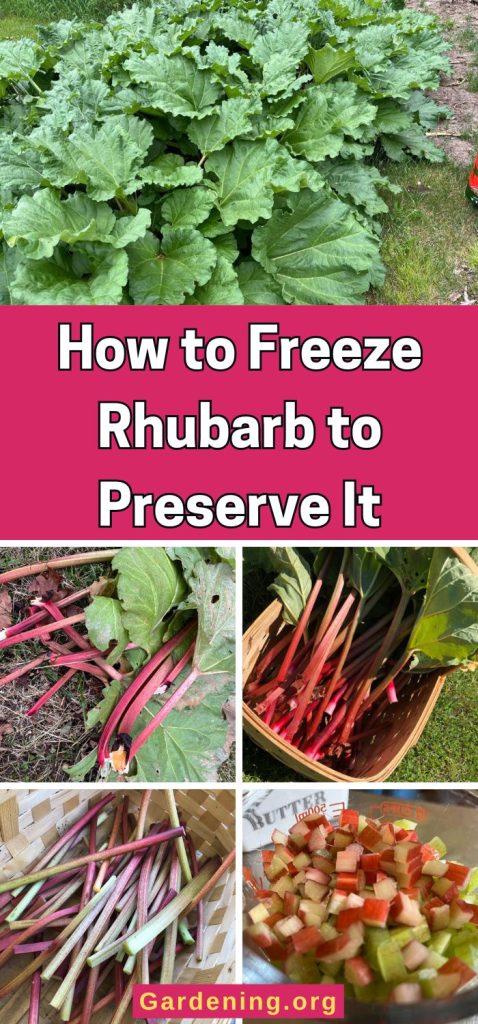

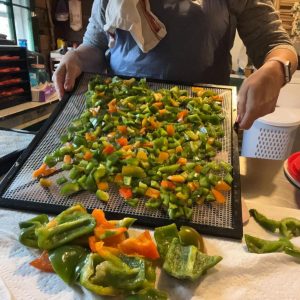

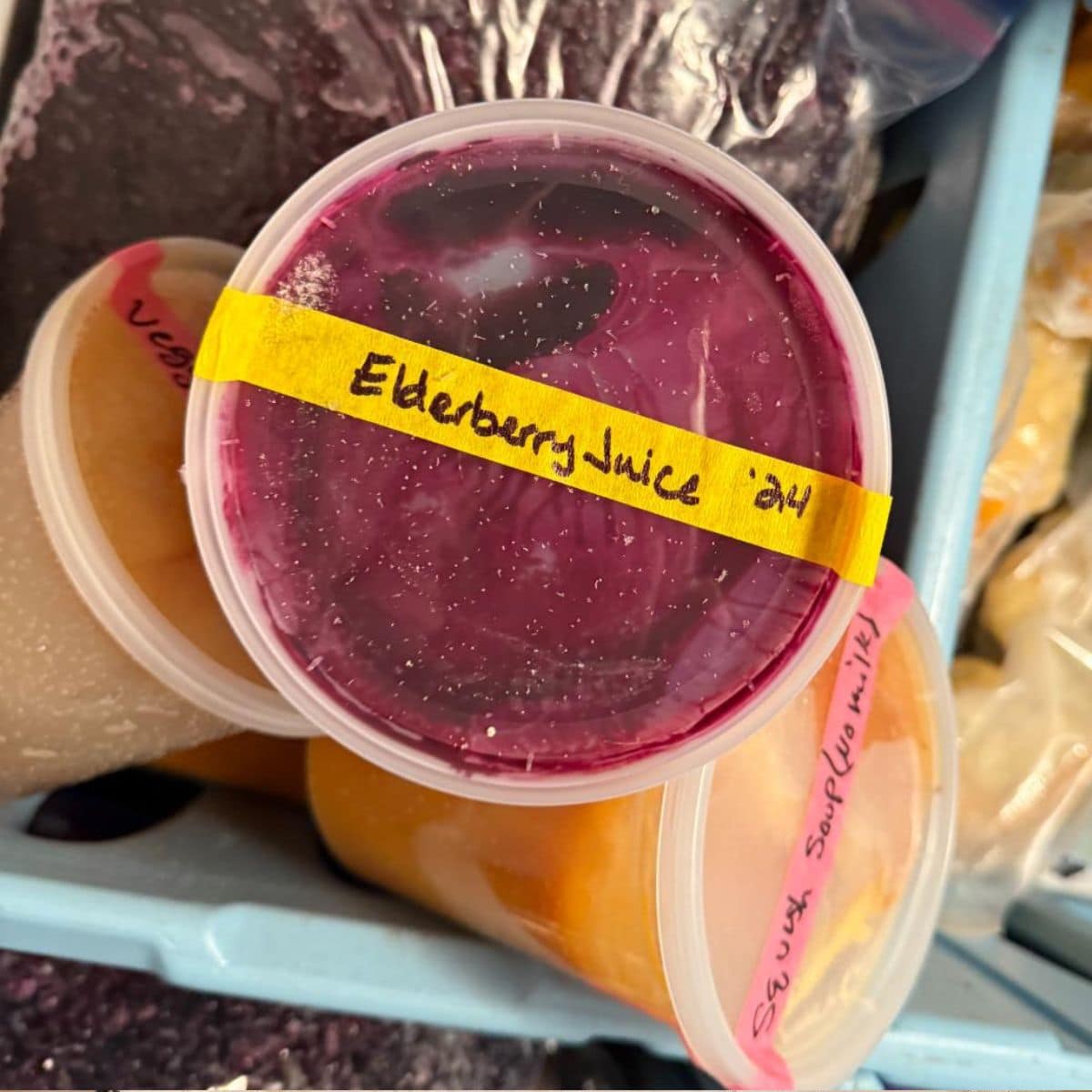
Leave a Reply